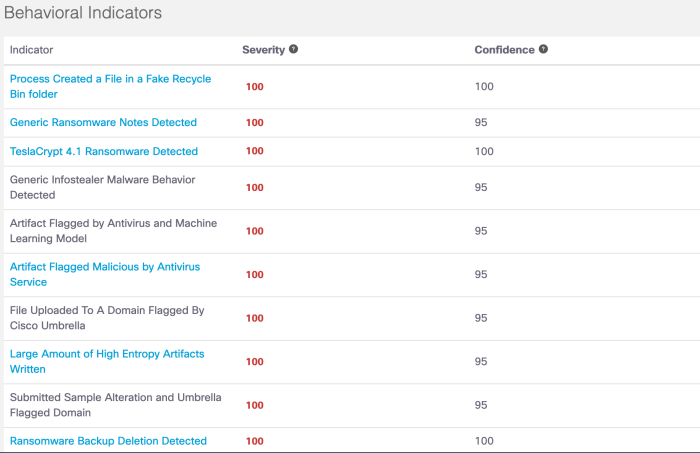Which of the following are reportable behavioral indicators? This is a question that is often asked by professionals who work with children and vulnerable adults. It is important to be able to recognize the signs and symptoms of abuse and neglect so that you can report it to the appropriate authorities.
In this article, we will discuss the different types of reportable behavioral indicators, how to report them, and the consequences of failing to report them.
1. Identify Behavioral Indicators: Which Of The Following Are Reportable Behavioral Indicators

Behavioral indicators are observable signs or behaviors that may indicate a person is experiencing or at risk of experiencing harm. It is essential to recognize and report these indicators promptly to ensure the safety and well-being of individuals.
Categorizing Behavioral Indicators
Behavioral indicators can be categorized based on their nature:
- Physical indicators:Changes in physical appearance, such as bruises, cuts, or unexplained injuries.
- Verbal indicators:Statements or threats of self-harm or harm to others, or expressions of hopelessness or worthlessness.
- Emotional indicators:Extreme mood swings, anxiety, depression, or withdrawal from social activities.
- Cognitive indicators:Difficulty concentrating, memory problems, or disorientation.
- Behavioral indicators:Substance abuse, gambling, reckless behavior, or social isolation.
2. Reporting Procedures

Reporting behavioral indicators is crucial for ensuring timely intervention and support. Proper reporting procedures should be followed to ensure confidentiality and privacy while safeguarding individuals.
Responsible Individuals
Individuals responsible for reporting behavioral indicators include:
- Teachers, counselors, and school staff
- Healthcare professionals
- Social workers
- Law enforcement officers
- Parents or guardians
Confidentiality and Privacy
Confidentiality and privacy are paramount in the reporting process. All information should be handled discreetly and only shared with authorized individuals on a need-to-know basis.
3. Consequences of Failing to Report

Failing to report behavioral indicators can have severe consequences, both for the individual at risk and for those responsible for reporting.
Legal and Ethical Implications
Failing to report may violate legal and ethical obligations to protect individuals from harm. In some cases, it may constitute a crime or result in civil liability.
Negative Outcomes
Failure to report can lead to:
- Increased risk of harm to the individual
- Missed opportunities for early intervention
- Damage to the reputation of individuals and organizations
4. Training and Awareness

Training and awareness programs are essential for equipping individuals who interact with potentially vulnerable populations to recognize and report behavioral indicators.
Content and Frequency, Which of the following are reportable behavioral indicators
Training programs should cover:
- Identification of behavioral indicators
- Reporting procedures
- Confidentiality and privacy
- Legal and ethical responsibilities
Regular updates and ongoing education are necessary to ensure that knowledge and skills remain current.
5. Cultural and Contextual Considerations
Cultural and contextual factors can influence the presentation and interpretation of behavioral indicators.
Sensitivity and Respect
It is crucial to approach individuals from diverse backgrounds with sensitivity and respect. Cultural norms and values may affect how indicators are expressed and perceived.
Guidance on Interpretation
Guidance should be provided on how to interpret and report indicators within different cultural contexts, considering factors such as:
- Communication styles
- Belief systems
- Social expectations
FAQ Section
What are some examples of reportable behavioral indicators?
Some examples of reportable behavioral indicators include: physical injuries, emotional distress, changes in behavior, and neglect.
Who should I report behavioral indicators to?
You should report behavioral indicators to the appropriate authorities, such as child protective services or law enforcement.
What are the consequences of failing to report behavioral indicators?
The consequences of failing to report behavioral indicators can include criminal charges and civil penalties.